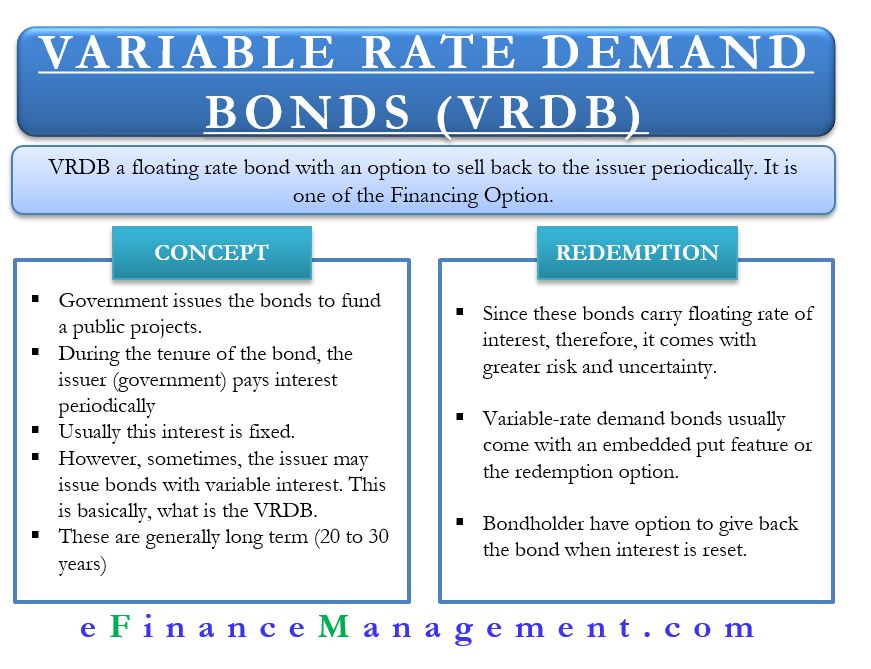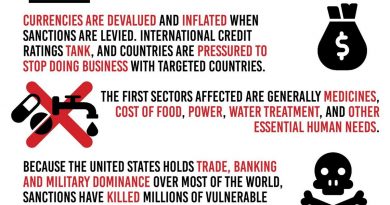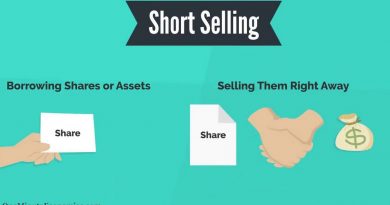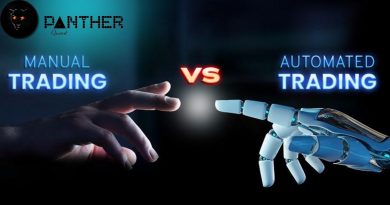Variable-Rate Demand Bond What it is How it Works

Contents
Variable-Rate Demand Bond: What it is, How it Works
What Is a Variable-Rate Demand Bond?
A variable-rate demand bond is a type of municipal bond (muni) with floating coupon payments that are adjusted at specific intervals. The bond is payable to the bondholder upon demand following an interest rate change. Generally, the current money market rate is used to set the interest rate, plus or minus a set percentage, which may result in a change in coupon payments over time.
Key Takeaways
- A variable-rate demand bond is a type of municipal bond with floating coupon payments adjusted at specific intervals.
- Municipal bonds are issued by state and local governments to raise capital for large public projects.
- Compared to generic municipal bonds, the floating rate of demand bonds’ coupon payments contribute to greater uncertainty, though some of this risk can be mitigated.
Understanding Variable-Rate Demand Bonds
Bondholders may redeem a demand bond at any time, but they are often encouraged to keep these bonds to continue receiving coupon payments. The floating rate of the coupon payment contributes to greater uncertainty in cash flows compared to generic municipal bonds, although some of this risk may be mitigated by a redemption option.
Municipal bonds are issued by governments to finance public projects, such as building hospitals, highways, and schools. Investors receive periodic interest in the form of coupons for the bond’s term. At maturity, the issuer repays the bond’s face value to bondholders.
Some muni bonds have fixed coupons, while others are variable. Muni bonds with floating coupon rates are called variable-rate demand bonds. The interest rates on these bonds are generally reset daily, weekly, or monthly. The bonds are issued for long-term financing with maturities of 20 to 30 years.
In addition, variable-rate demand bonds require liquidity in the event of a failed remarketing. The liquidity facility used to enhance the issuer’s credit could be a letter of credit, standby bond purchase agreement (BPA), or self-liquidity, all of which help make these securities eligible for money market funds.
For instance, a letter of credit provides an unconditional commitment by a bank to pay investors the principal and interest on the variable-rate demand bonds in the event of default, bankruptcy, or a downgrade of the issuer. As long as the providing financial institution is solvent, the investor will receive payment.
The Early Redemption Option
Variable-rate demand bonds are often issued with an embedded put feature that allows bondholders to tender the issues back to the issuing entity on the interest reset date. The put price is par plus accrued interest. Bondholders must provide notice to the tender agent by a specified number of days before the tender date.
A variable-rate demand bond would normally be put, or exercised, if the holder wants immediate access to their funds or if market interest rates have increased to a level where the current coupon rate on the bond is not attractive.
If the bond is tendered prior to maturity due to an increase in rates, the remarketing agent will set a new, higher rate for the bond. If market rates fall below the coupon rate, the agent will reset the rate at the lowest rate that would avoid having a put exercised on the bond.
If the bond is tendered prior to maturity due to an increase in rates, the remarketing agent will set a new, higher rate for the bond. If market rates fall below the coupon rate, the agent will reset the rate at the lowest rate that would avoid having a put exercised on the bond.



